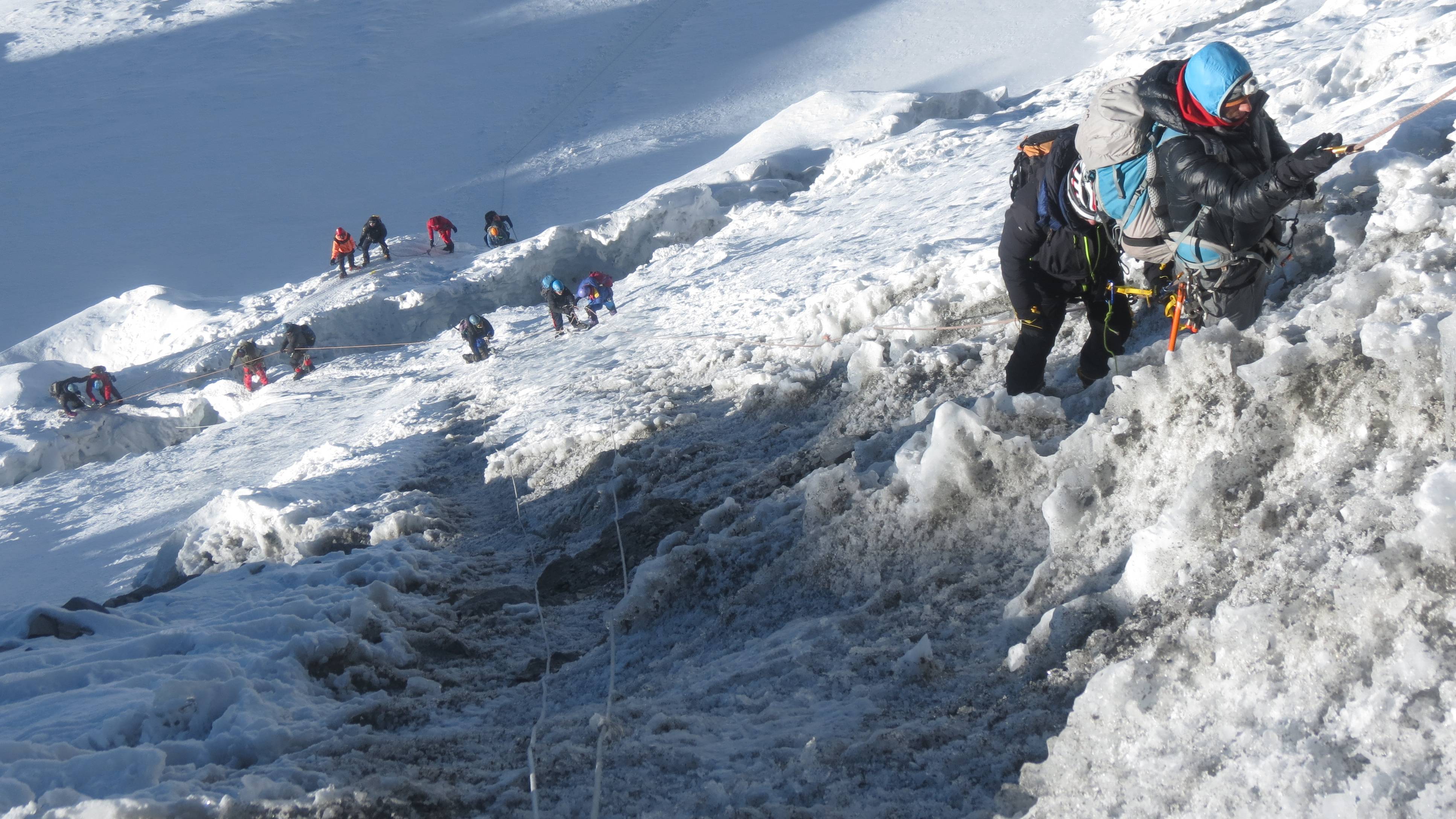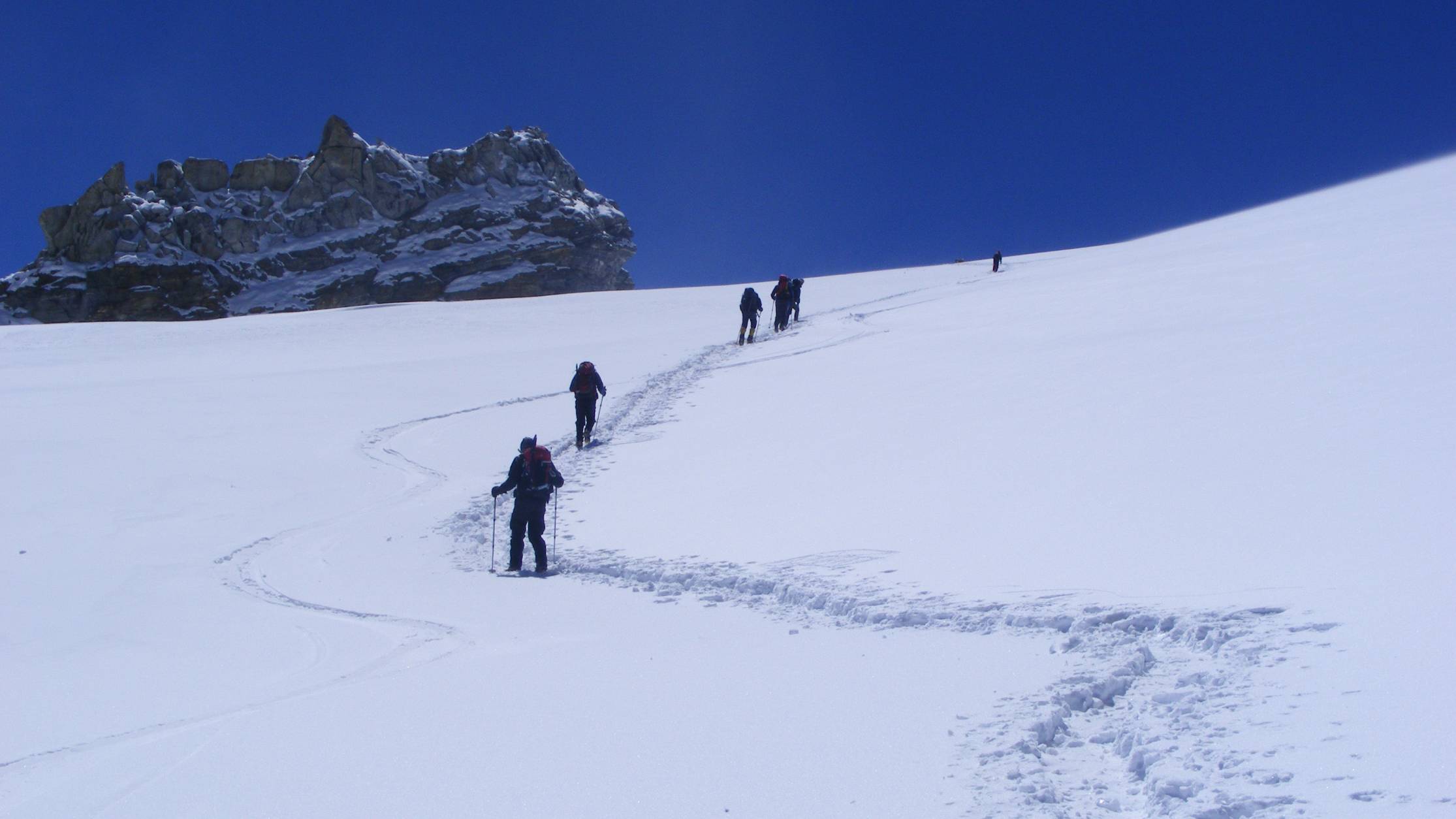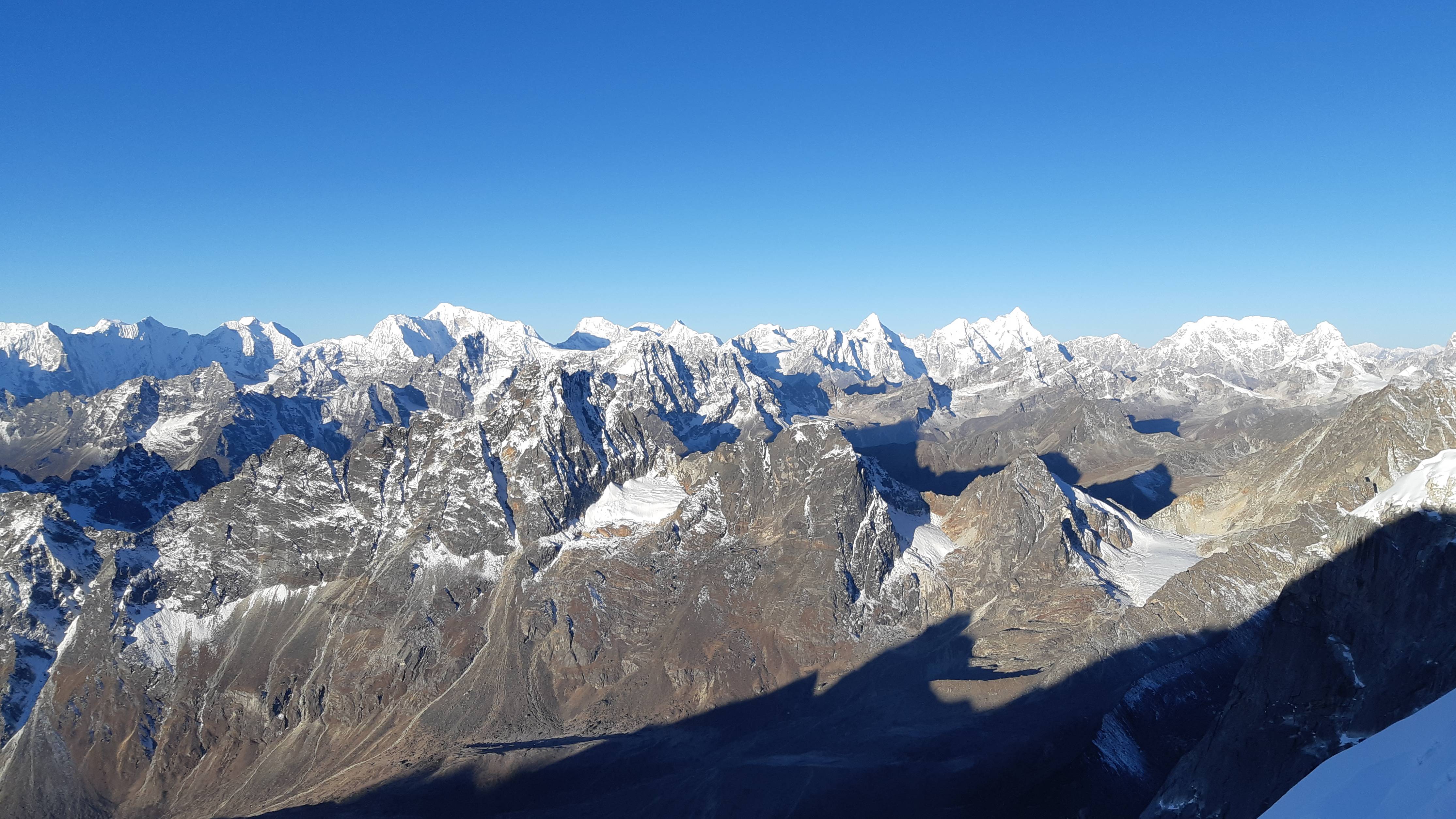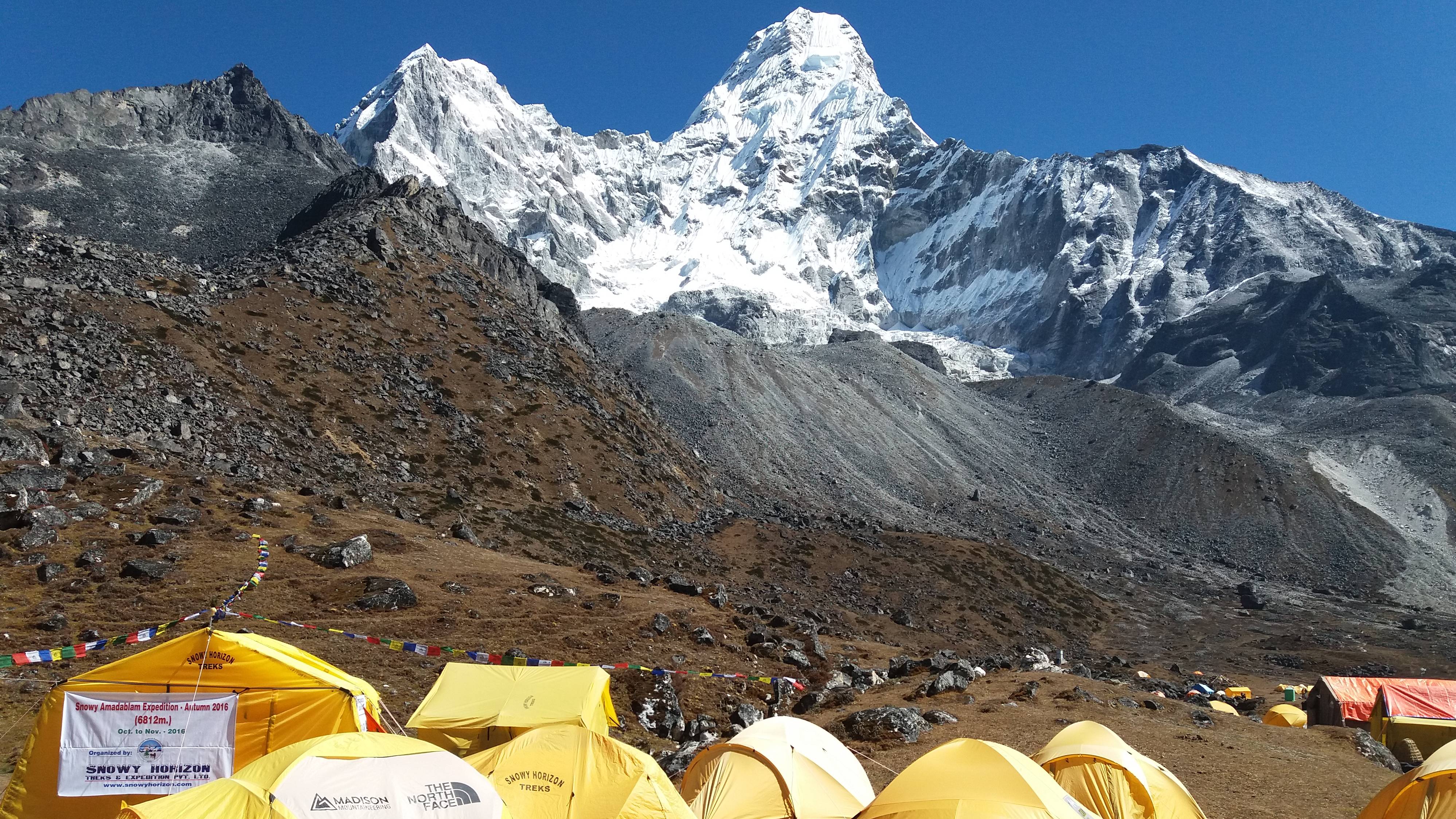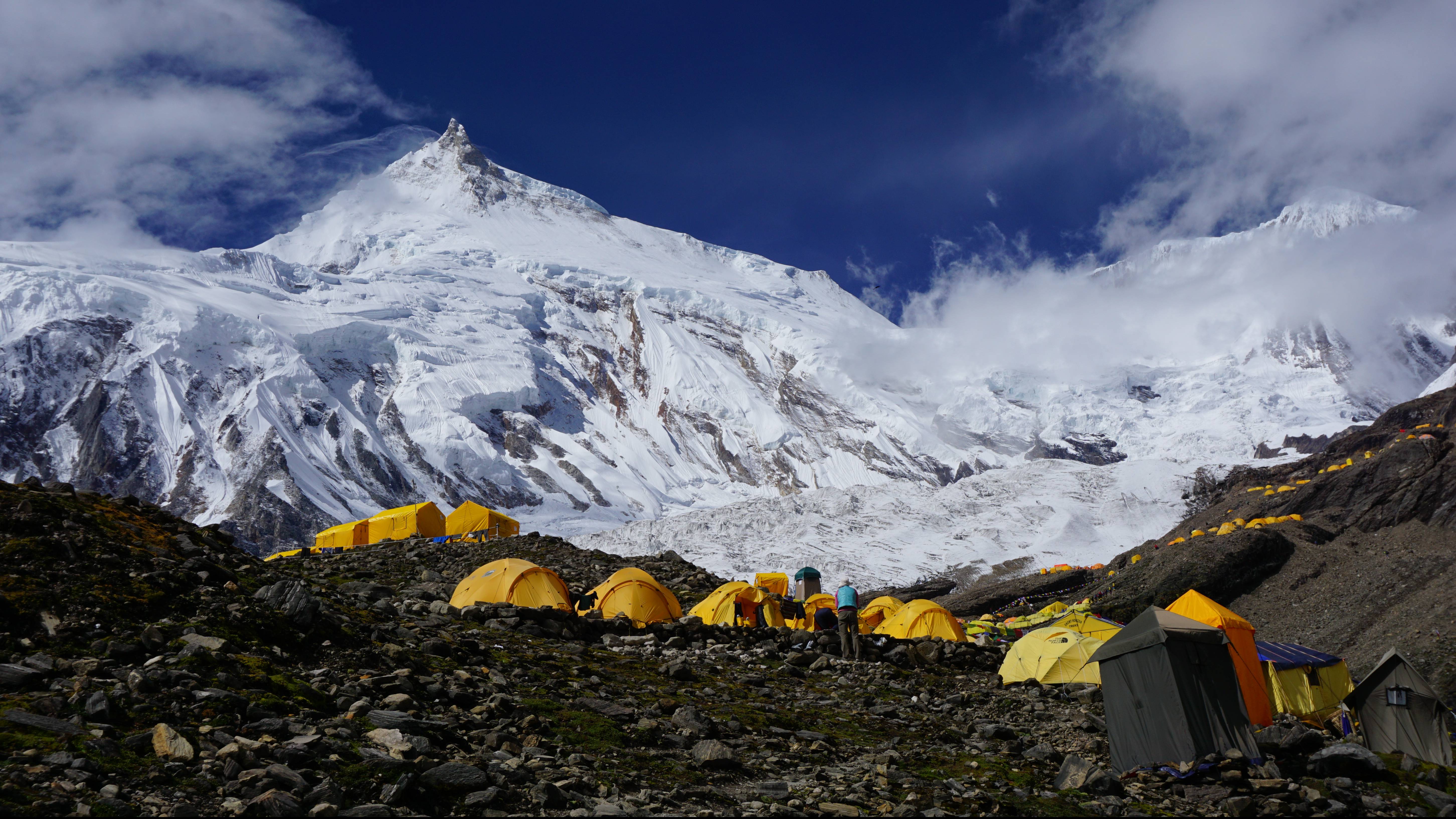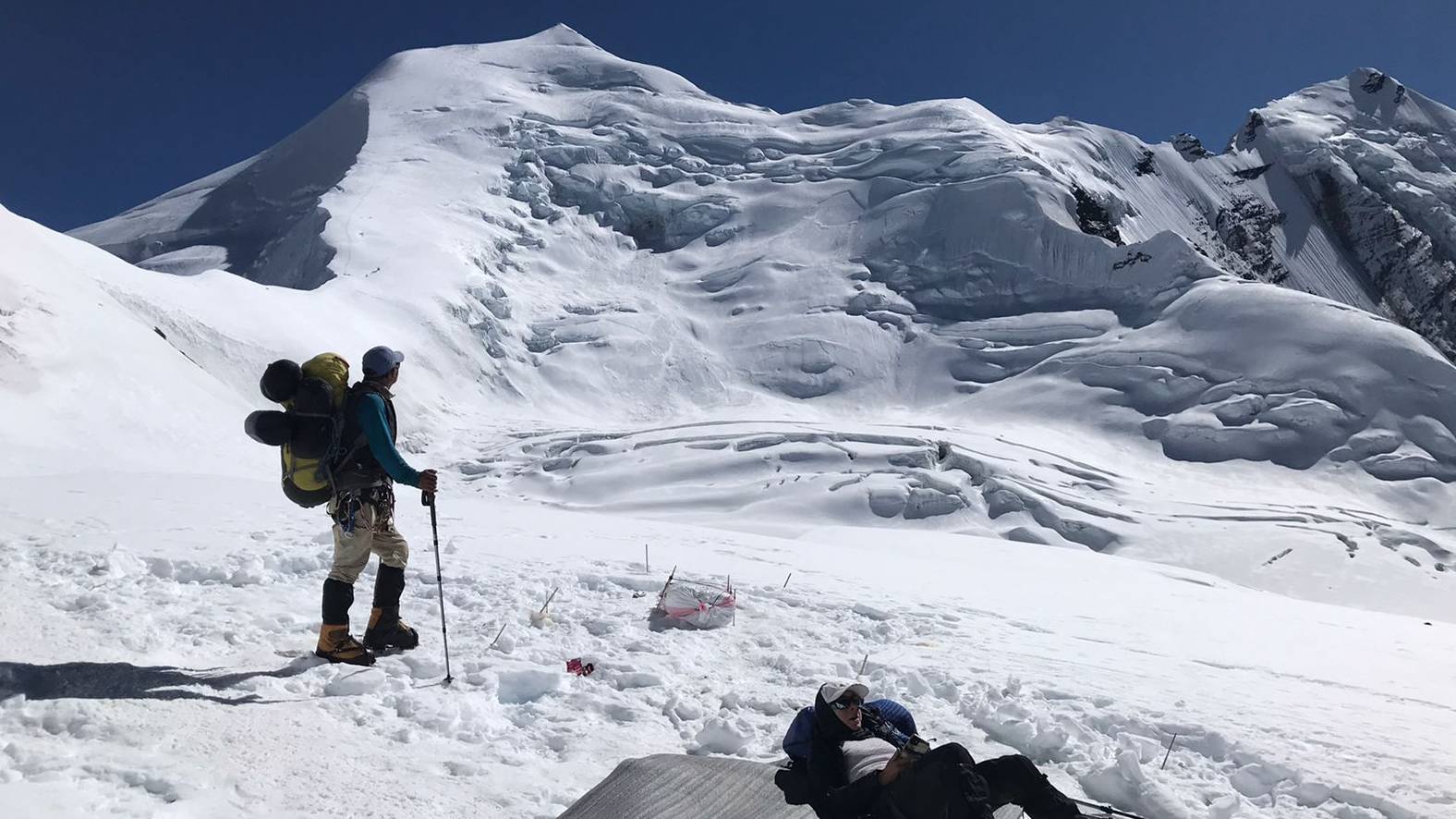The allure of the Himalayas has always beckoned adventurers and mountaineers, offering them an experience that tests their mettle and endurance. Amongst the plethora of majestic peaks, Island Peak, Mera Peak, and Lobuche Peak stand as prominent and alluring summits, promising adventure seekers a taste of high-altitude excitement and breathtaking vistas.
Island Peak Climbing:
Island Peak, also known as Imja Tse, is a spectacular pyramid-shaped peak located in the Everest region of Nepal. Rising to an impressive height of 6,189 meters (20,305 feet), it offers an exhilarating climb with a blend of trekking and mountaineering challenges.
The Island Peak climbing adventure usually begins with a flight to Lukla, followed by a trek through the enchanting landscapes of the Khumbu region. As climbers advance towards the peak, they traverse through quaint Sherpa villages, lush forests, and icy trails. Acclimatization stops at various altitudes are crucial to prepare the body for the challenges posed by high altitude and extreme weather conditions. The climb to the summit involves negotiating steep ice and rock faces, ultimately leading to a breathtaking panoramic view of some of the world's highest peaks, including Everest.
Mera Peak Climbing:
Mera Peak, standing proudly at 6,476 meters (21,246 feet), is the highest trekking peak in Nepal and a prominent choice for climbers seeking an unparalleled Himalayan adventure. Situated in the Solu-Khumbu region, Mera Peak provides climbers with an opportunity to experience the thrill of ascending a high-altitude peak.
The Mera Peak climbing expedition initiates with a thrilling flight to Lukla, followed by a trek through the pristine Hinku Valley. Climbers navigate through forests, rhododendron meadows, and steep terrain, gradually acclimatizing as they ascend. The final leg of the climb involves negotiating a challenging glacier section and steep snow slopes, culminating in the achievement of the summit. The summit rewards climbers with stunning panoramic views of the mighty Himalayan peaks.
Lobuche Peak Climbing:
Lobuche Peak, an enticing peak in the Everest region, stands at 6,119 meters (20,075 feet), making it a desirable summit for climbers looking to conquer a challenging peak. The climb to Lobuche Peak Climbing combines technical skill with the thrill of high-altitude mountaineering.
The journey to Lobuche Peak starts with a scenic flight to Lukla, followed by the iconic trek to Everest Base Camp. Climbers acclimate at strategic points, gradually making their way to Lobuche Base Camp. The climb involves navigating through icy trails, rocky outcrops, and steep slopes, providing a blend of adventure and adrenaline. Reaching the summit of Lobuche Peak rewards climbers with awe-inspiring views of the Khumbu Valley and neighboring high peaks.
In conclusion, Island Peak, Mera Peak, and Lobuche Peak climbing expeditions epitomize the spirit of adventure and the determination to conquer the grandeur of the Himalayas. These experiences offer a blend of challenging climbs and mesmerizing natural beauty, making them a must-do for mountaineering enthusiasts seeking the ultimate thrill.
